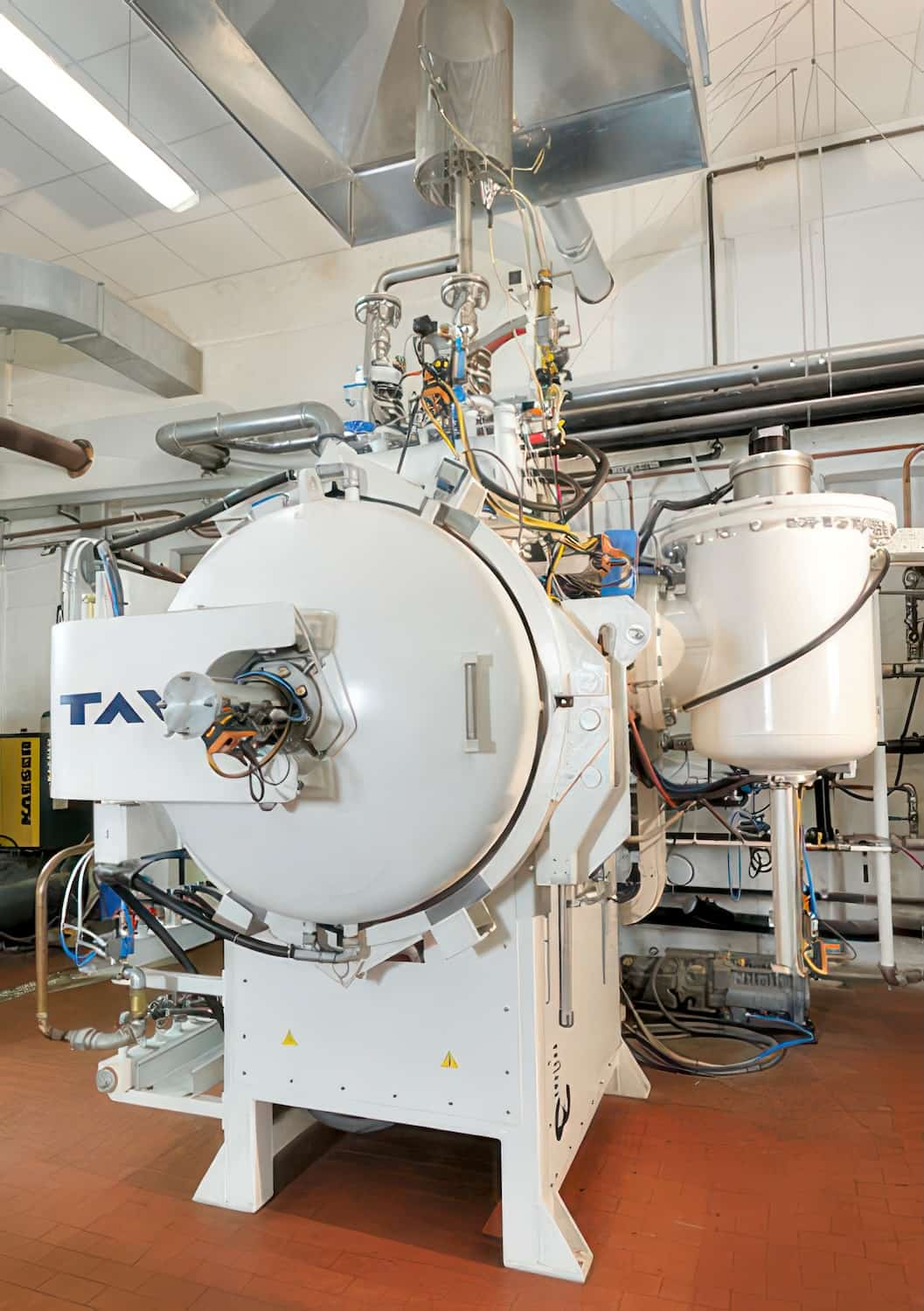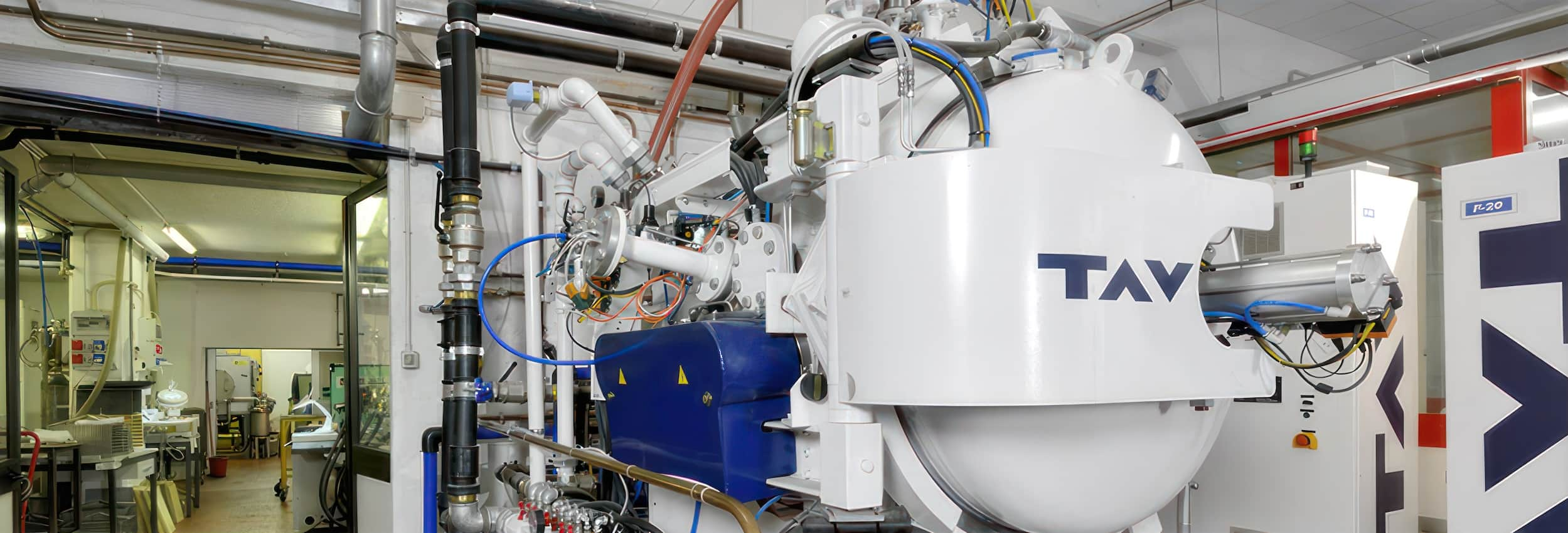
Production
Main phases of MIM: injection molding, debinding and sintering
Injection Molding
In order to produce “near net shape” components, MIM technology uses a type of machine which is similar to plastic injection molding machines and molds.
This enables design flexibility that characterizes plastic injection molding, but allows to create metallic structural parts
Unlike thermoplastic molding, where the molded component is often the final product, MIM components need a subsequent thermal process to remove polymers contained in the binder system.
This causes a controlled shrinkage of MIM components and it is the reason why the mold cavities are larger than the final part’s size.
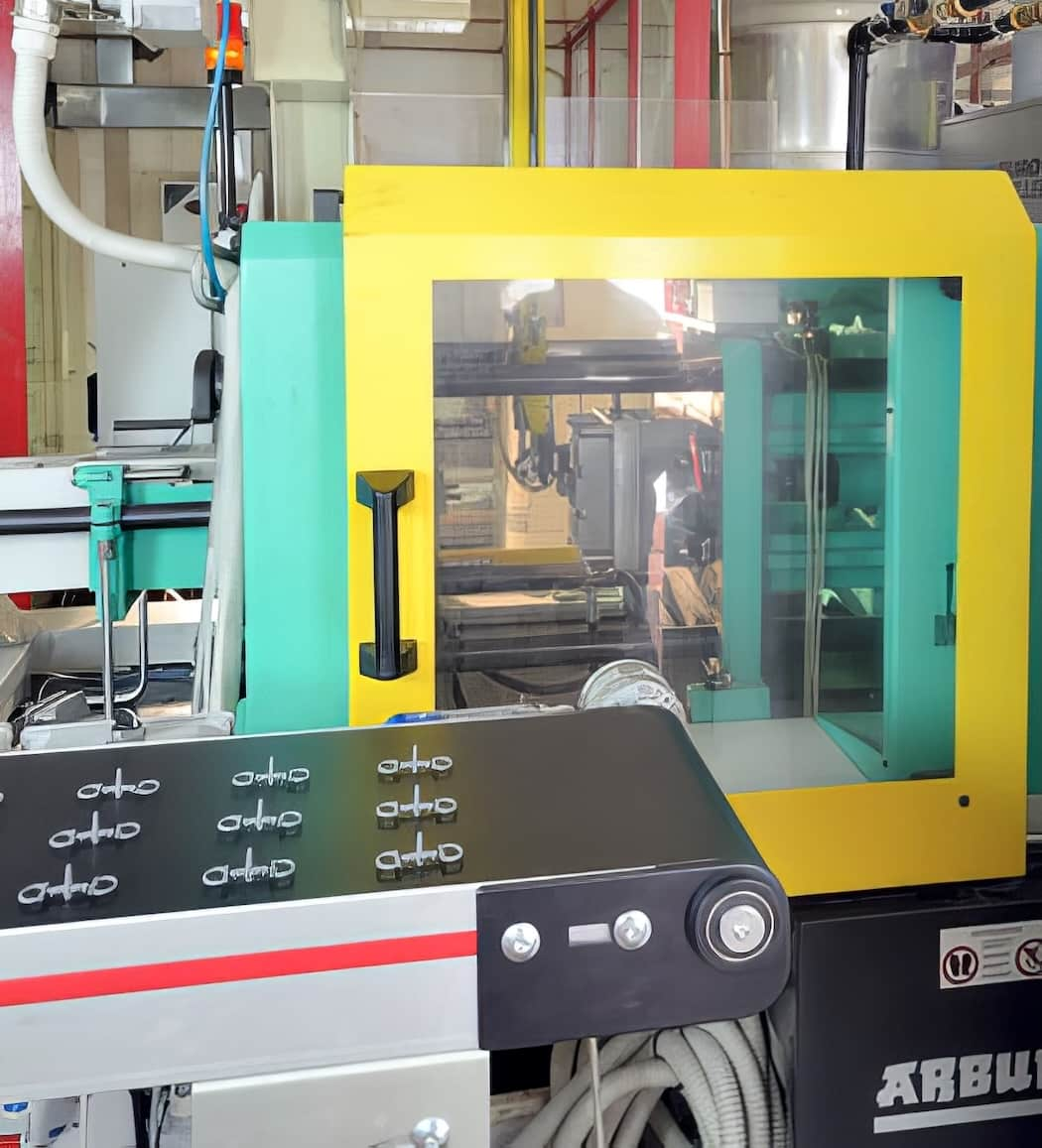
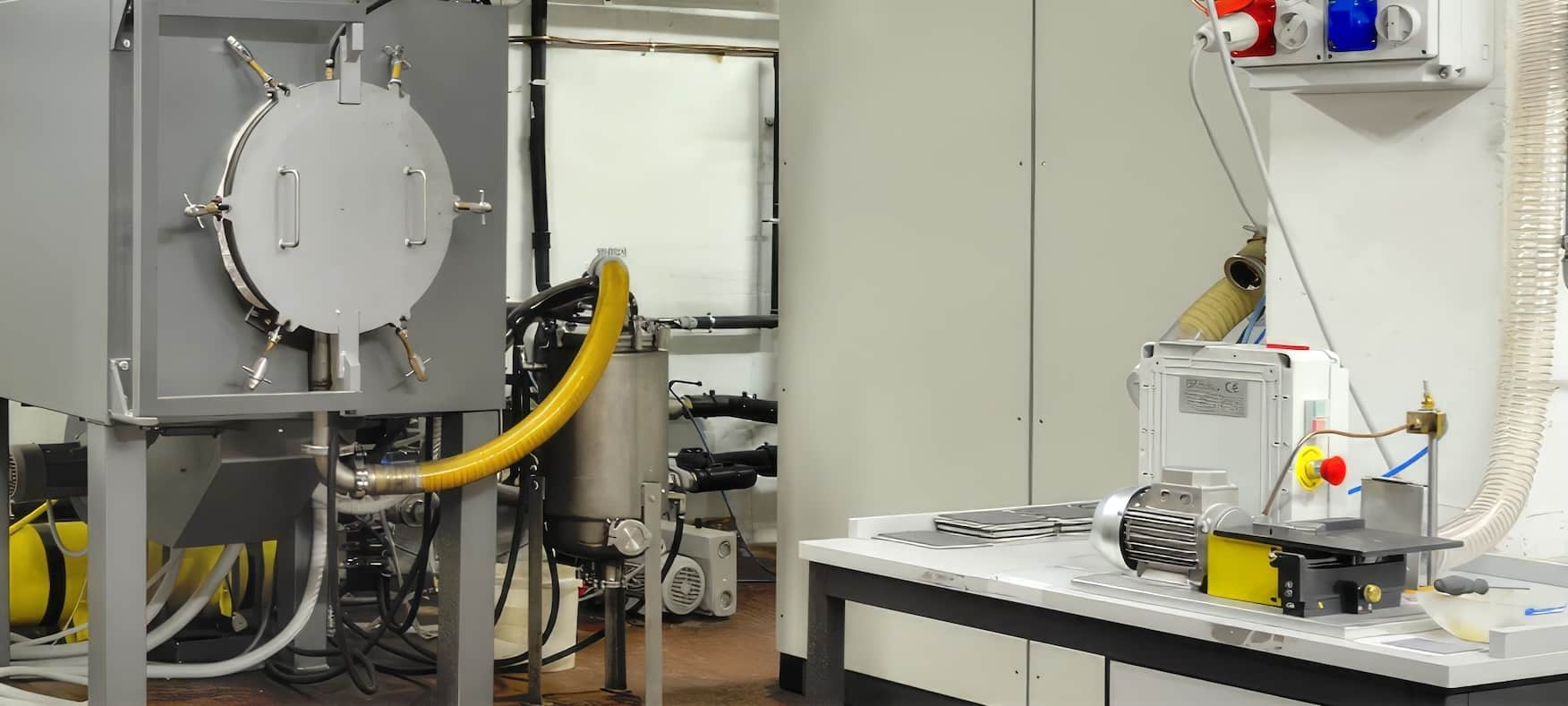
Debinding
The Company is proud to use the most environmental-friendly “binder system”. The feedstock is made of metal powders and of two types of binder: the primary binder, which is water soluble and the secondary binder, which is removable through a thermal treatment.
The open structure helps remove the secondary binder in the next phase, when components are laid into the debinding furnace.
At this stage, in the component’s structure an open porosity is formed. The open structure helps remove the secondary binder in the next phase, when components are laid into the debinding furnace.
Then they are heated until they reach the secondary binder’s evaporation temperature and held at this temperature until removal is completed.
Sintering
Once the dewaxing phase is completed, the components are transferred to the sintering furnace, where they are heated to a temperature below the melting point of the main metallic constituent of the powder.
During this phase, the metal particles bond together, forming a compact component with a density close to 100%.
To achieve optimal results, we use graphite and molybdenum furnaces, which allow sintering in controlled atmospheres with protective gases (hydrogen, argon, nitrogen) or in vacuum or high vacuum conditions, depending on the material characteristics and application specifications.
